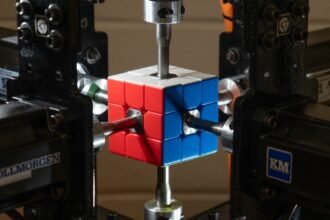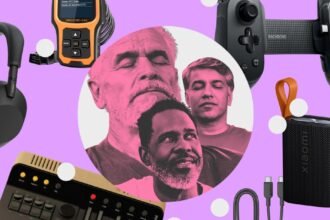Diffusion methods have recently emerged as promising techniques for sampling from complex probability distributions. However, they encounter hurdles when faced with multimodal targets. Conventional approaches based on overdamped Langevin dynamics often struggle with slow convergence, particularly when transitioning between various modes of a distribution. Although underdamped Langevin dynamics can offer empirical improvements by adding a momentum component, they are not without limitations. The degenerate noise structure in underdamped models, where Brownian motion is indirectly coupled with the spatial variable, results in smoother paths, making theoretical analysis more challenging.
Methods like Annealed Importance Sampling (AIS) build a bridge between prior and target distributions using transition kernels. Unadjusted Langevin Annealing (ULA) uses uncorrected overdamped Langevin dynamics in this context. Techniques such as Monte Carlo Diffusion (MCD) aim to reduce marginal likelihood variance, while Controlled Monte Carlo Diffusion (CMCD) and Sequential Controlled Langevin Diffusion (SCLD) optimize kernels with resampling strategies. Additionally, other approaches involve prescribing backward transition kernels, like the Path Integral Sampler (PIS), the Time-Reversed Diffusion Sampler (DIS), and the Denoising Diffusion Sampler (DDS). The Diffusion Bridge Sampler (DBS) learns both forward and backward kernels independently.
Researchers from the Karlsruhe Institute of Technology, NVIDIA, Zuse Institute Berlin, dida Datenschmiede GmbH, and FZI Research Center for Information Technology have introduced a generalized framework for learning diffusion bridges that transform prior distributions into target distributions. This framework encompasses both existing diffusion models and underdamped versions with degenerate diffusion matrices, where noise influences only specified dimensions. It establishes a solid theoretical basis, illustrating that score-matching in underdamped scenarios equates to maximizing a likelihood lower bound. This strategy addresses the difficulty of sampling from unnormalized densities, particularly when direct samples from the target distribution are unavailable.
This framework facilitates a comparison among five crucial diffusion-based sampling techniques: ULA, MCD, CMCD, DIS, and DBS. The underdamped versions of DIS and DBS represent notable advancements in the field. The evaluation employs a diverse set of benchmarks, including seven real-world tests spanning Bayesian inference tasks (Credit, Cancer, Ionosphere, Sonar), parameter inference challenges (Seeds, Brownian), and high-dimensional sampling with Log Gaussian Cox process (LGCP) encompassing 1600 dimensions. Moreover, synthetic benchmarks, such as the Funnel distribution characterized by regions of varying concentration levels, provide a comprehensive test for sampling techniques across different dimensions and complexities.
The results indicate that underdamped Langevin dynamics consistently outperform their overdamped counterparts across both real-world and synthetic benchmarks. Specifically, the underdamped DBS outshines other techniques, even with as few as eight discretization steps. This effectiveness results in notable computational savings while ensuring high-quality sampling. In terms of numerical integration methods, advanced integrators show significant improvements over traditional Euler methods when applied to underdamped dynamics. The OBAB and BAOAB schemes offer considerable performance benefits without additional computational demands, whereas the OBABO scheme delivers the best overall results, albeit requiring the double evaluation of control parameters per discretization step.
In conclusion, this research presents a comprehensive framework for diffusion bridges incorporating degenerate stochastic processes. The underdamped diffusion bridge sampler achieves leading-edge results in various sampling tasks with minimal tuning of hyperparameters and few discretization steps. Extensive ablation studies confirm that its performance enhancements derive from a synergistic combination of underdamped dynamics, innovative numerical integrators, concurrent learning of forward and backward processes, and entirely learned hyperparameters. Future work could explore benchmarking underdamped diffusion bridges for generative modeling applications using the evidence lower bound (ELBO) formulated in Lemma 2.4.
You can check out the paper for more details. Credit for this research is attributed to the contributing researchers. Additionally, feel free to follow us on Twitter and consider joining our strong 85k+ ML SubReddit.









